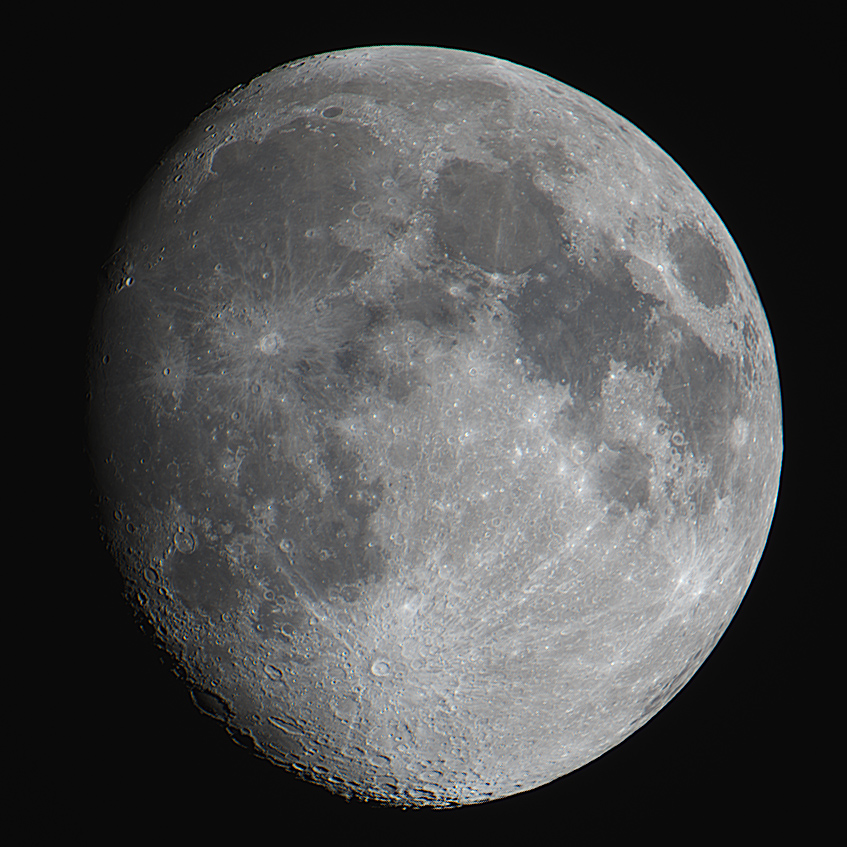
Telescope: Tasco 9F 60mm f/13.3 (800mm) Refractor
Camera: ZWO ASI 294MC, 1.25” to 0.965” adapter
Filter: GSO IR Cut Filter
Exposure: 512x6msec, Gain 200, saved as SER
Seeing: Good, 4/5
White Balance: Nebulosity Automatic
Software: SharpCap Pro, AutoStakkert, Registax, Nebulosity, Photoshop
This 50 year old Tasco produces a sharp, high contrast image with little or no chromic aberration. The lightweight mount proved to be suitably stable and vibrations quickly damped, but like all lightweight mounts it takes a bit of a light touch. The slow motion controls in both altitude and azimuth were easy to use and effective. I chose to use my uncooled ASI294MC as is it a very lightweight color camera with a modest size chip and since there is no shutter there wasn’t a problem with vibrations. This does a fairly good job showing the excellent image quality and the lack of color fringing. Very nice!
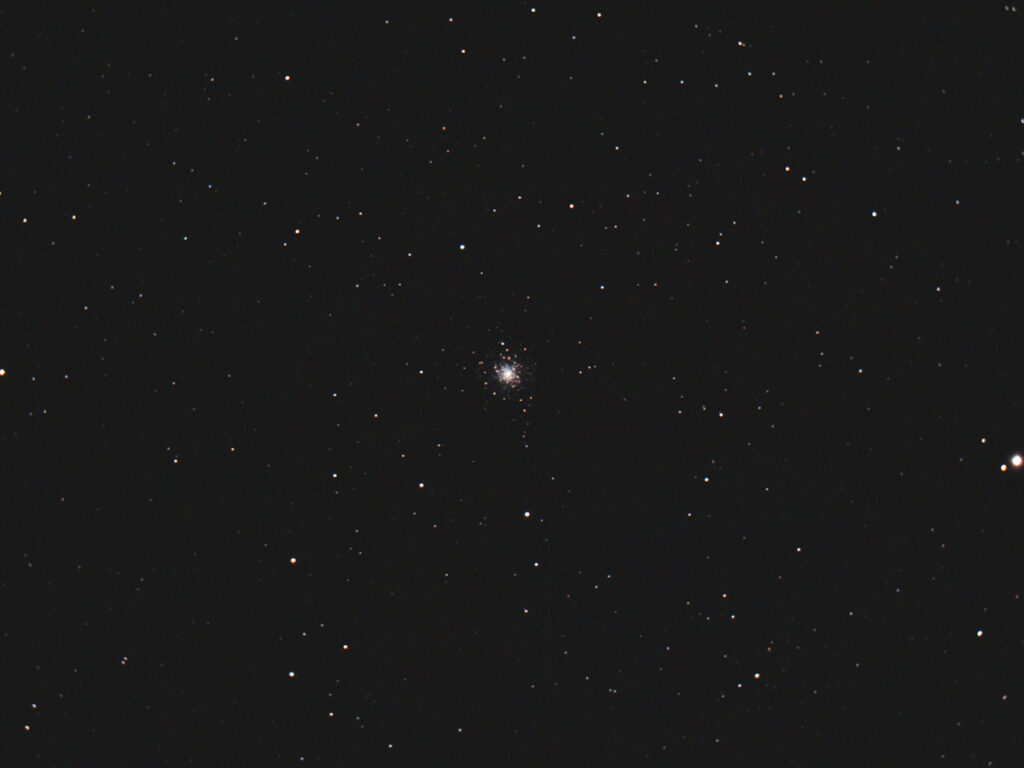
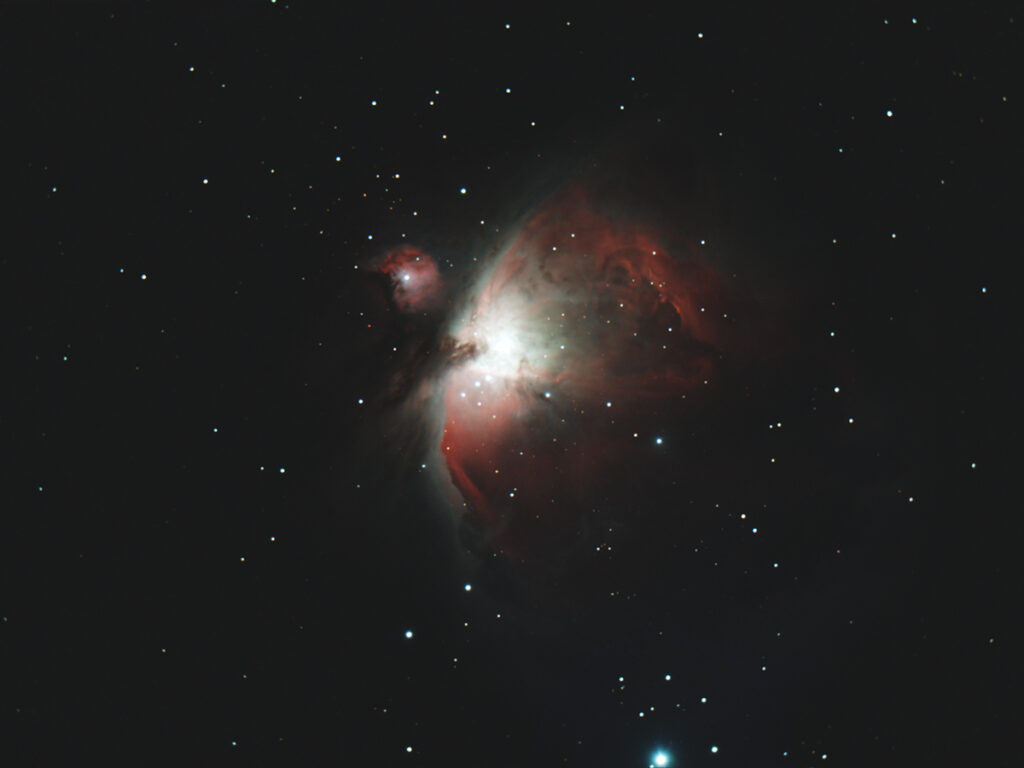
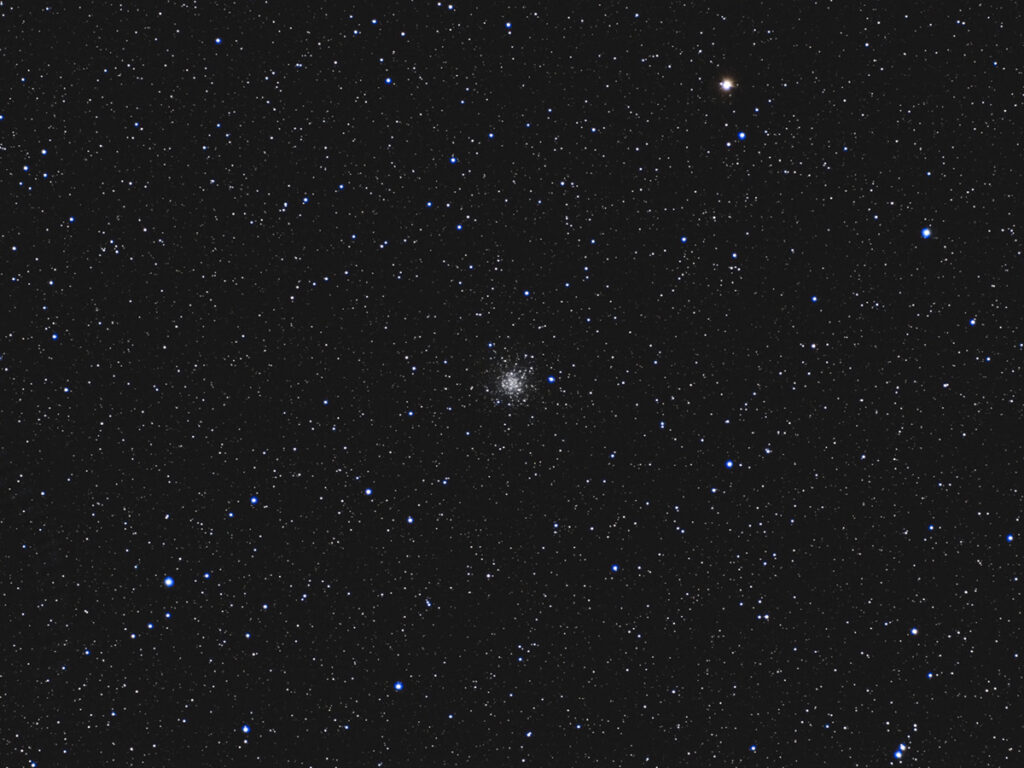
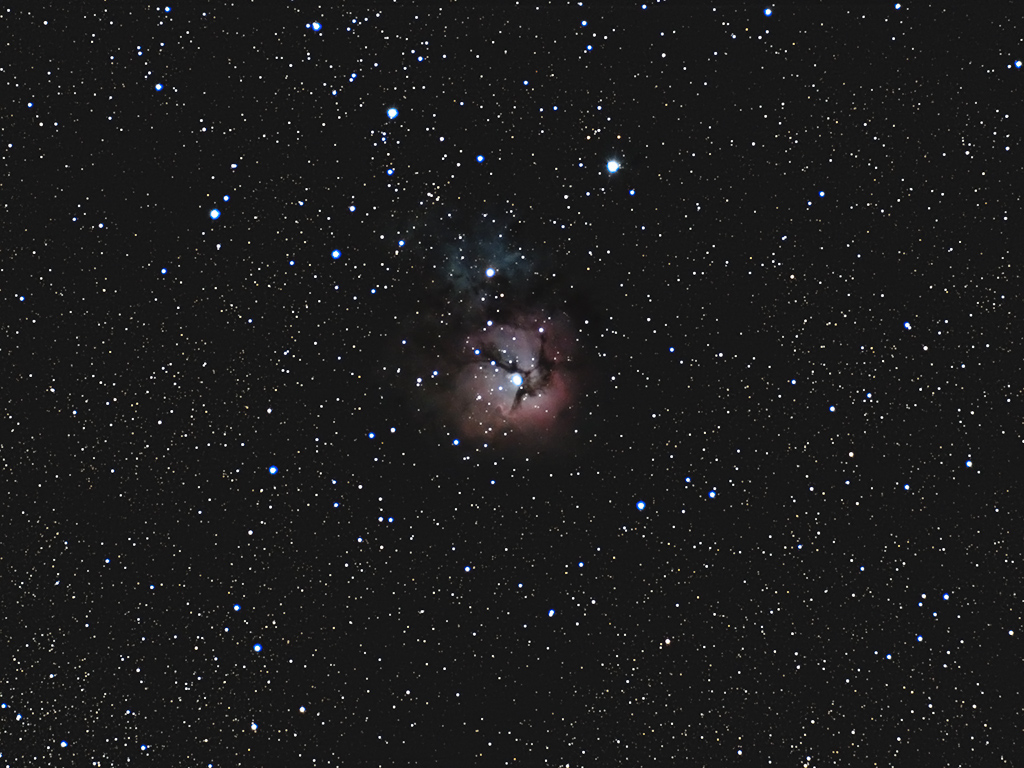
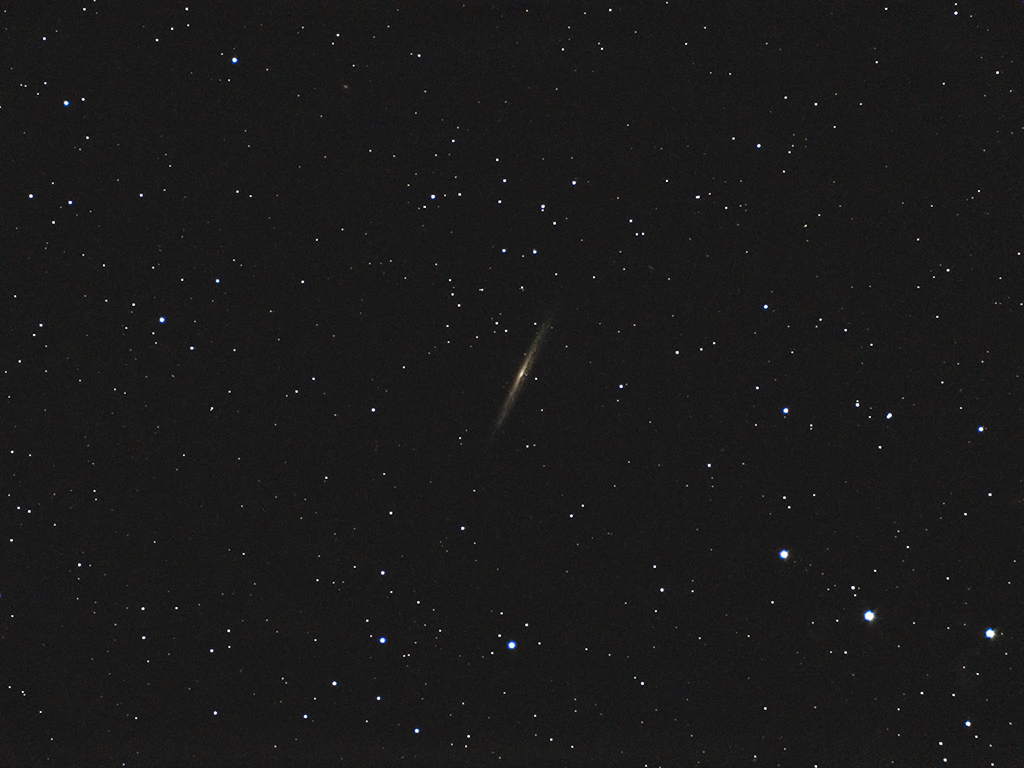
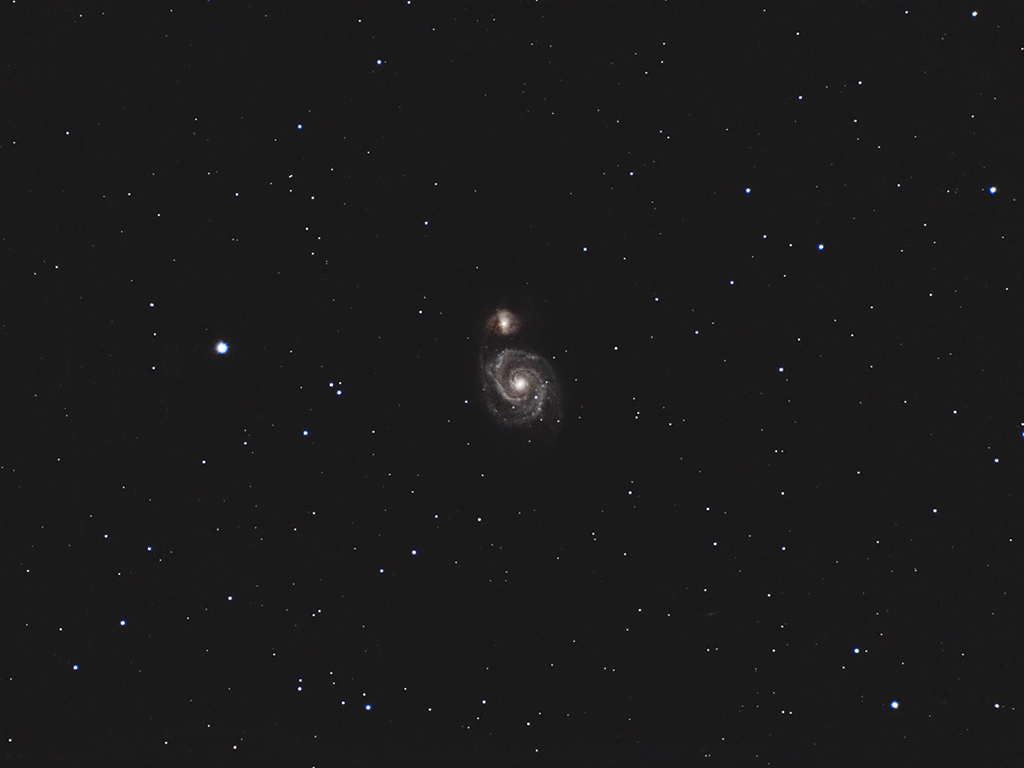
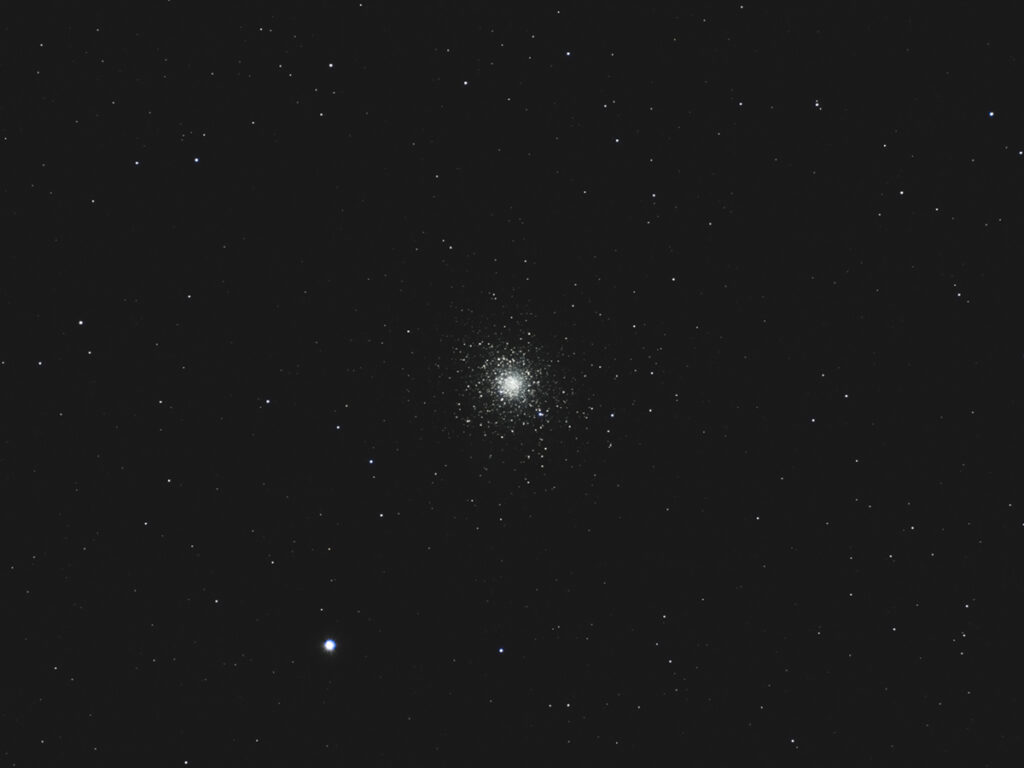
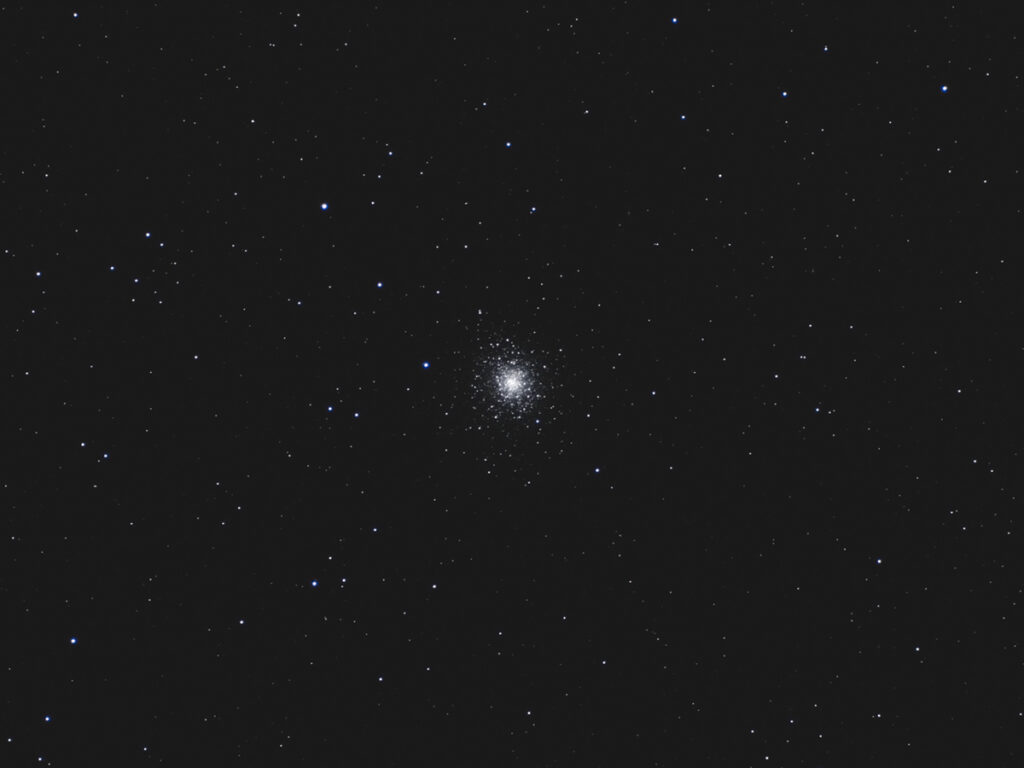
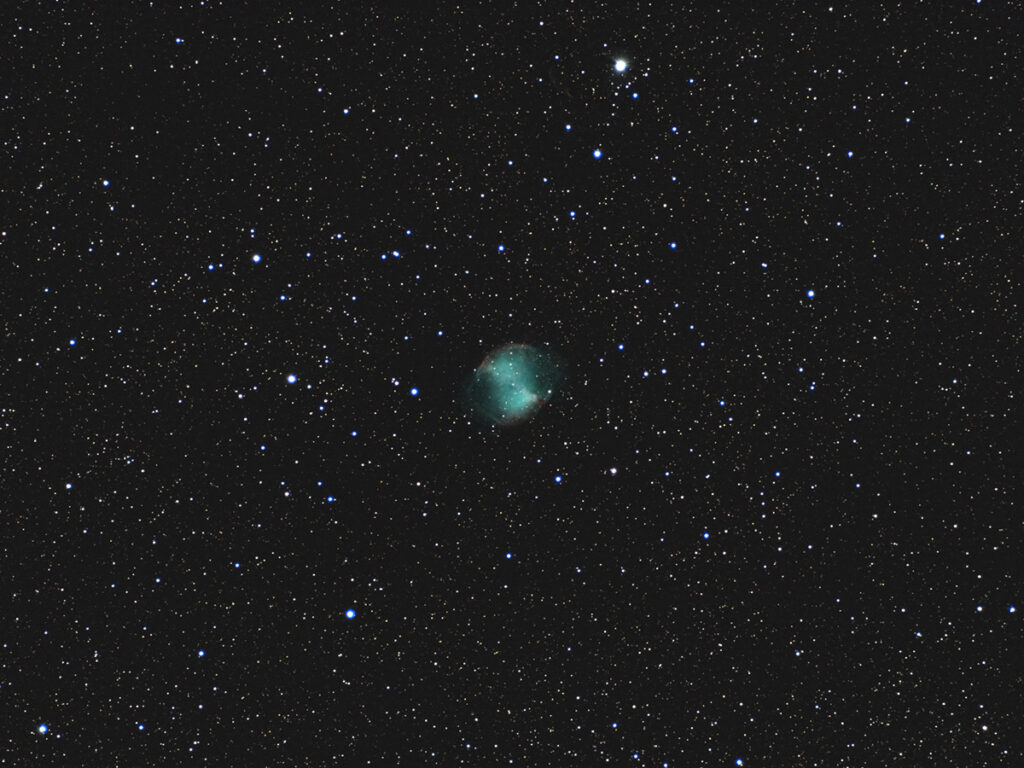
Recent Comments